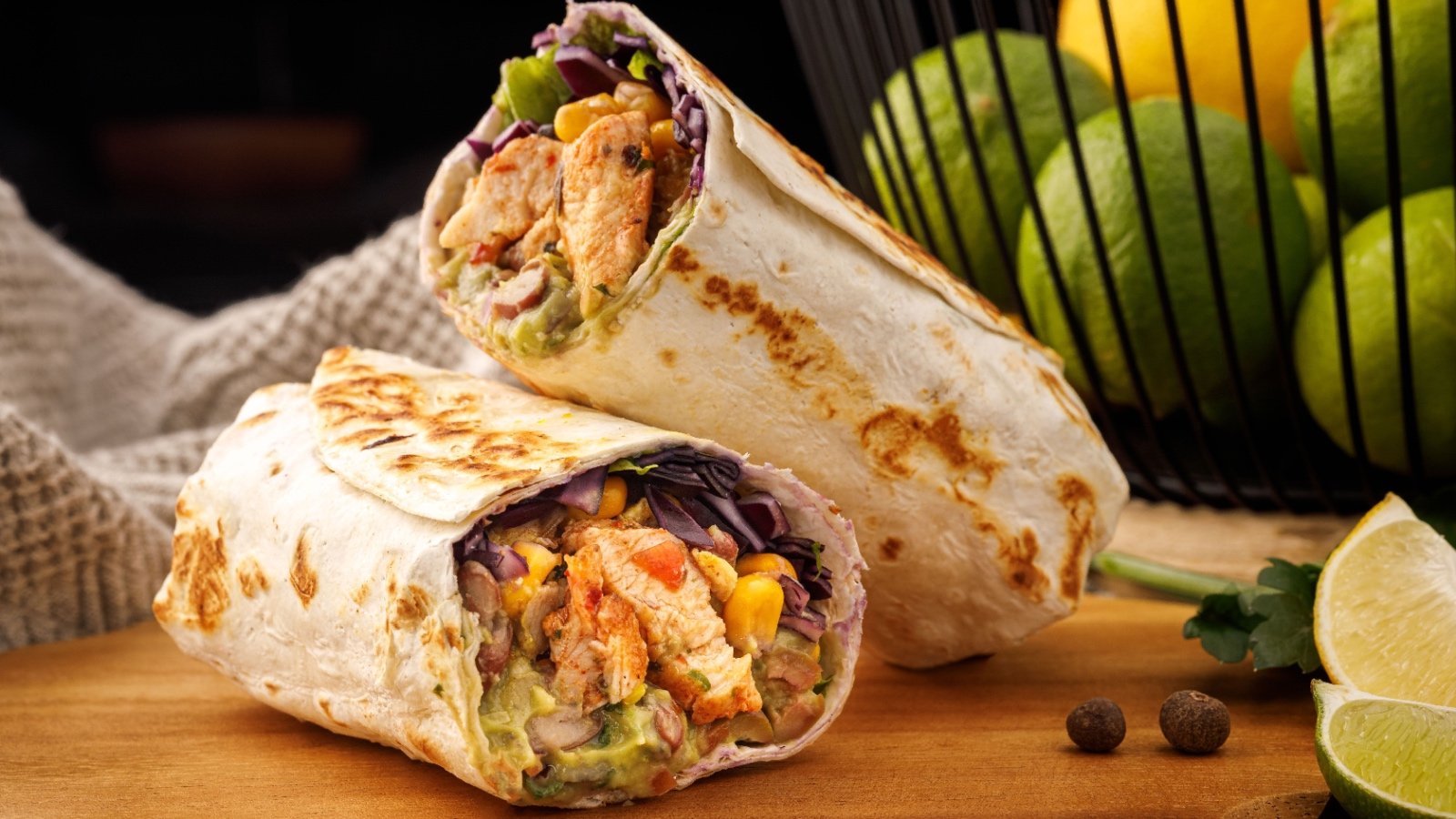Franchisees and fast-food restaurant owners are scrambling to adjust to California’s $20-an-hour minimum wage rule, an increase of $4 per hour. Many are opting to cut hours to make up the difference.
Governor Newsom’s Rationale for the Wage Increase
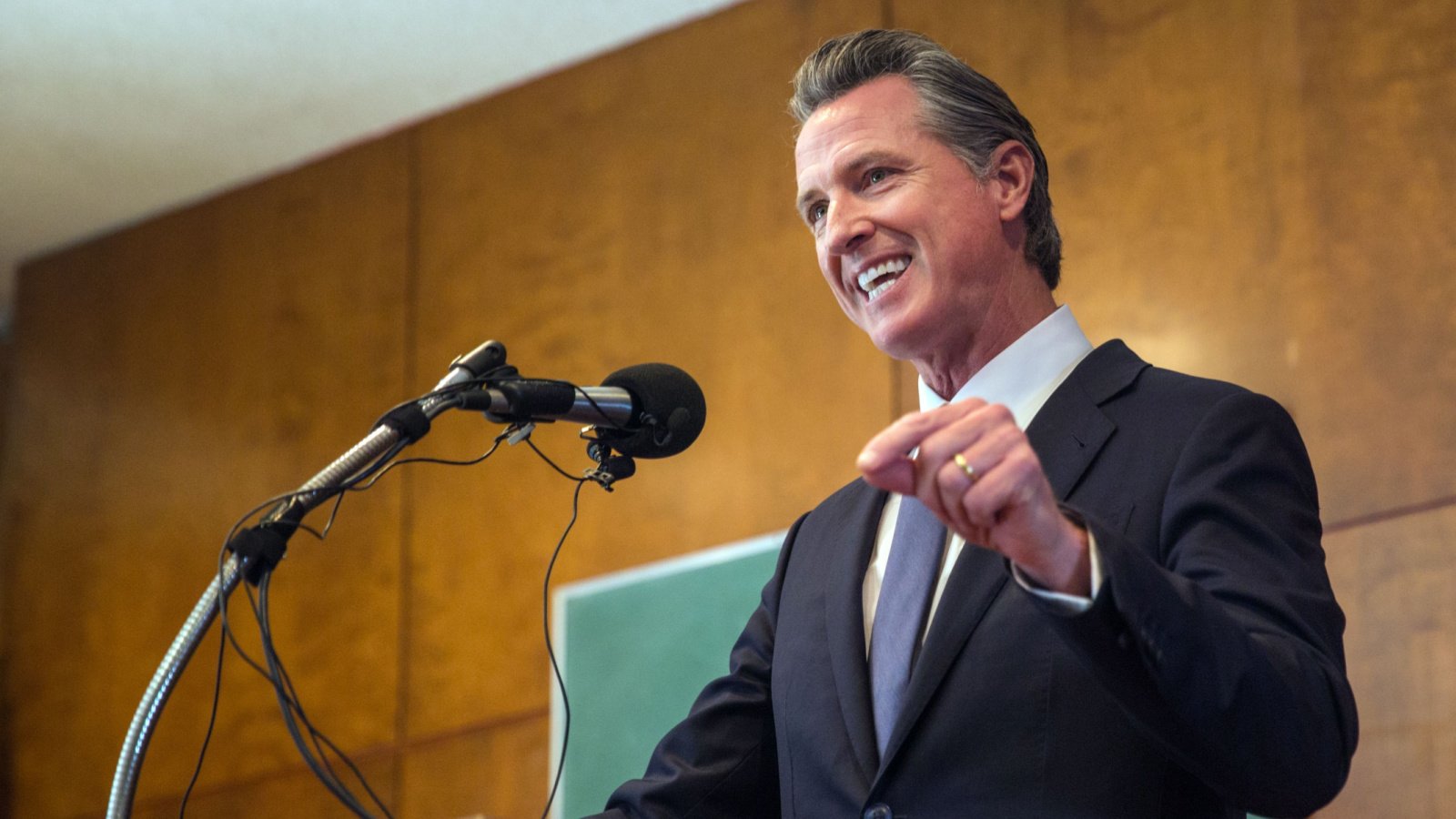
California Governor Gavin Newsom pushed for the increase to offer workers a living wage. “We are a state that gives a damn about fast food workers — who are predominantly women — working two and a half jobs to get by,” said Newsom.
Economic Impacts of Policy Shifts
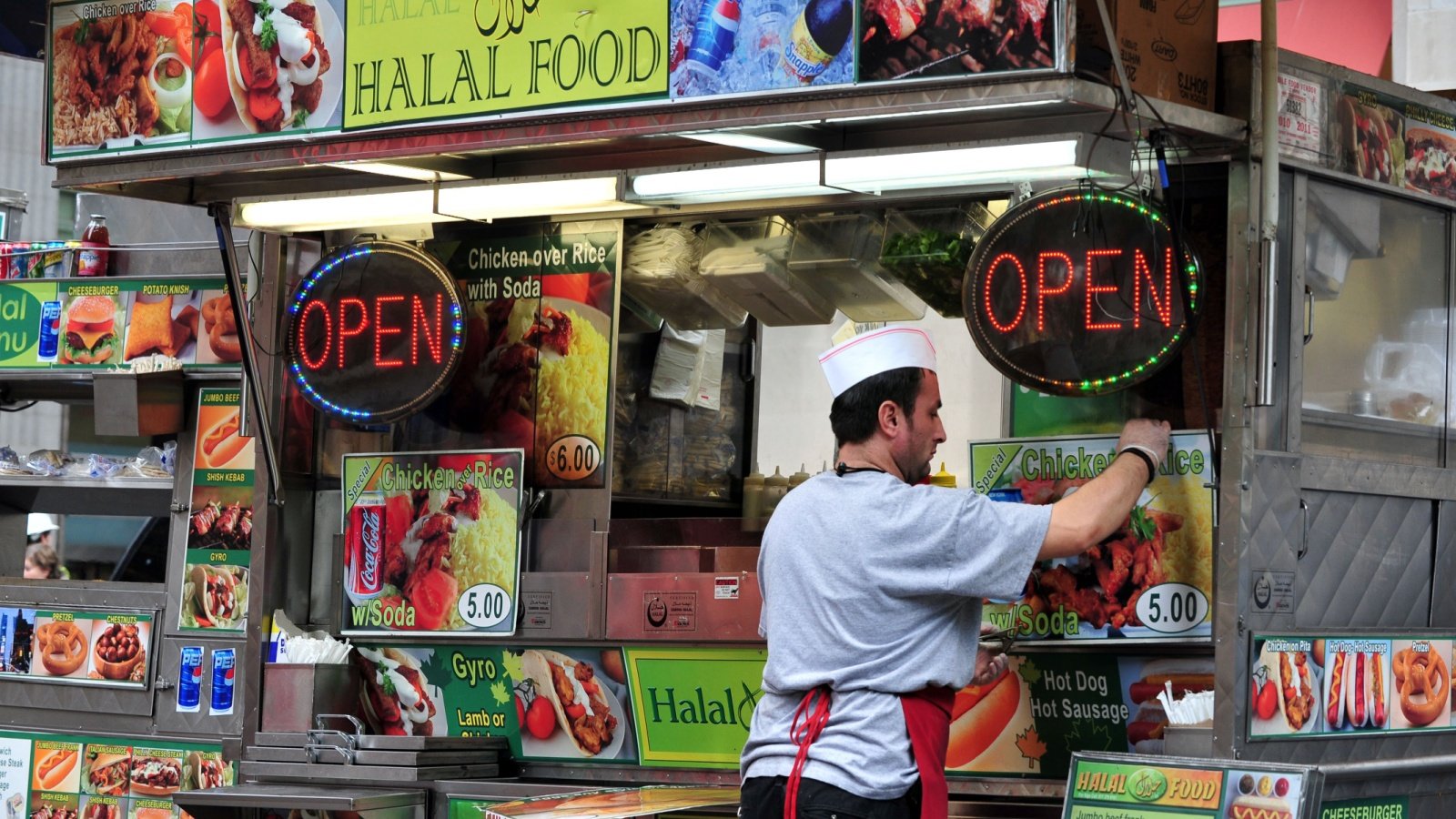
Every policy shift, especially those involving prices and wages, impacts several other facets of the economy, some in positive and some in negative ways.
Franchisee Lawrence Cheng’s Adjustments
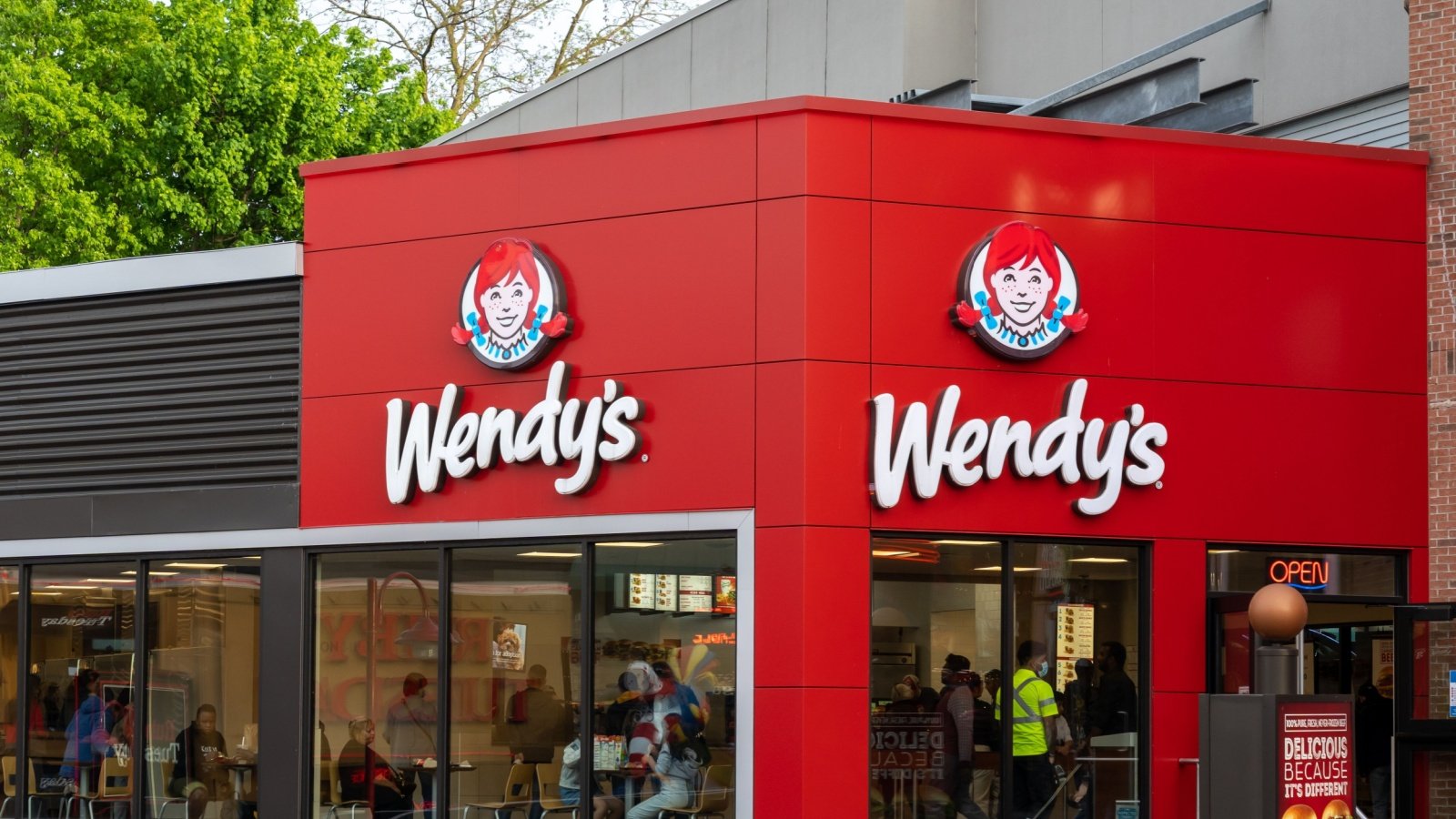
One franchisee, Lawrence Cheng, whose family owns seven Wendy’s fast food restaurants in southern California, now schedules seven employees per shift instead of the twelve he used to employ for the same pay period.
Increase in Labor Costs

Cheng and other chain owners pointed out the sharp increase in labor costs for fast food workers from $16 to $20 per hour on April 1.
Cheng’s Personal Involvement in Operations

Cheng serves customers and cooks fries and nuggets at some of his locations. He said, “We kind of just cut where we can. I schedule one less person, and then I come in for the time I didn’t schedule, and I work that hour.”
Evaluating Economic Impacts

Economists are evaluating the overall financial impacts of this dramatic increase in the minimum wage on businesses and the local and national economies.
Uncertain Long-Term Effects

Experts say it is too soon to tell the new law’s impact. They will monitor whether the wage hike results in layoffs or restaurant closures.
Research Findings on Minimum Wage Increases

A 2024 study from the University of California, Berkeley, examined the impact of nearly doubling the federal minimum wage from $7.25 to $15 per hour in California and New York. The research showed that the increase did not necessarily lead to layoffs.
Employment Trends in the Fast Food Industry

According to the findings of the Berkeley study, the fast food industry in California has continued to increase its employment opportunities. In April and May 2024, after the law went into effect on April 1, the industry gained 8,000 jobs more than the sector gained in 2023 over the same period, according to the U.S. Bureau of Labor Statistics.
Benefits of Higher Wages

A chief advocate for the wage hike, Service Employees International Union’s vice president Joseph Bryant, stated that “multiple franchisees have also noted that the higher wage is already attracting better job candidates, thus reducing turnover.”
Business Owners’ Strategies to Cope

Many business owners and operators report raising prices to pass the increased costs along to the customers and cutting employee hours to make up the difference. Cheng reports increasing menu prices up to eight percent in January to prepare for the wage hike.
Juancarlos Chacon’s Experience
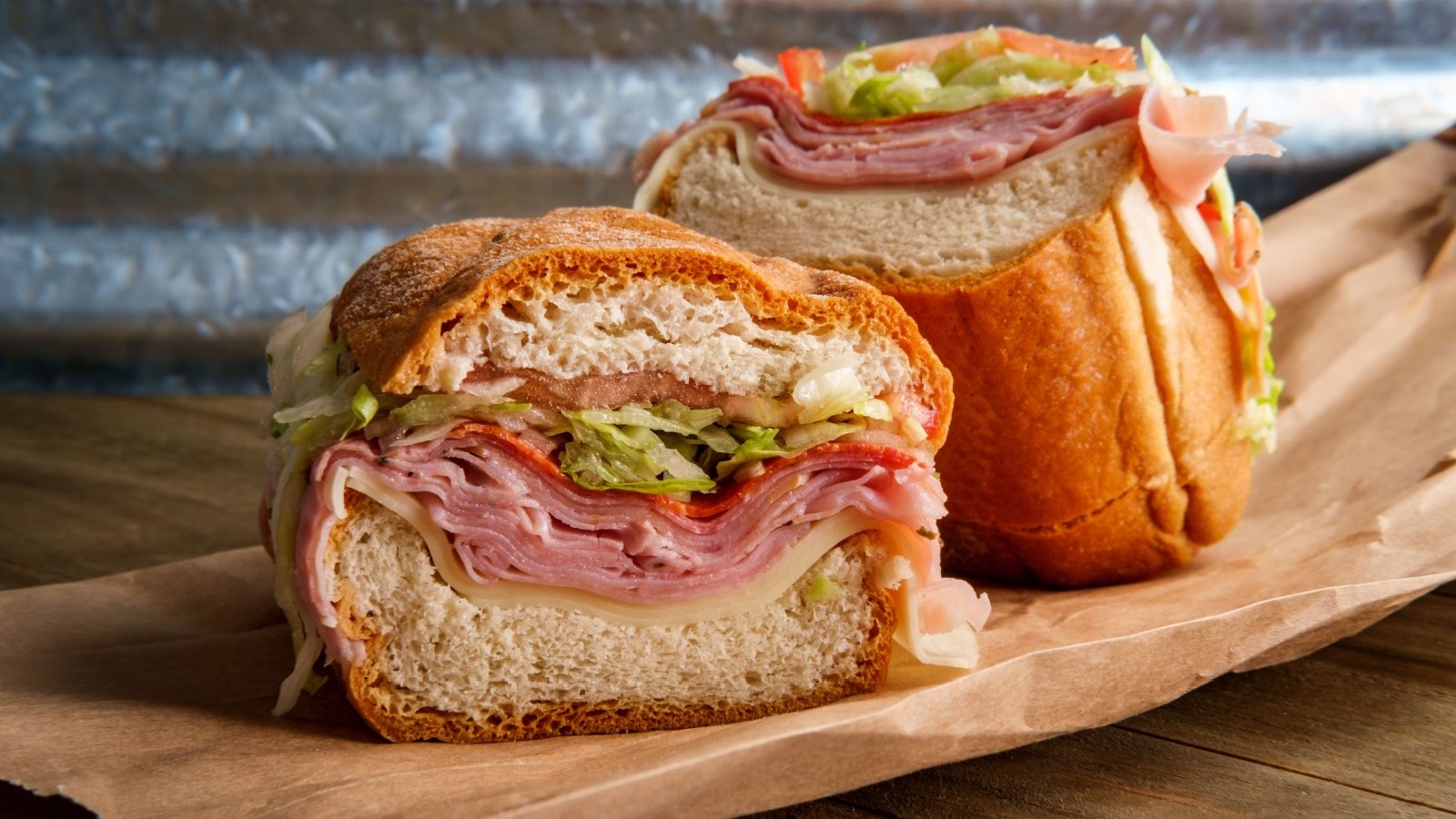
Juancarlos Chacon, who owns nine Jersey Mike’s in Los Angeles, said, “I’ve been in the business for 25 years [involved with] two different brands, and I never had to increase the amount of pricing that I did this past time in April.”
Changes in Customer Behavior

For example, Chacon reports that a sub sandwich at his franchise now tops $10. In contrast to the past, customers who come to the restaurant do not buy sides such as drinks, chips, and desserts.
Staff Reductions and Focused Hours
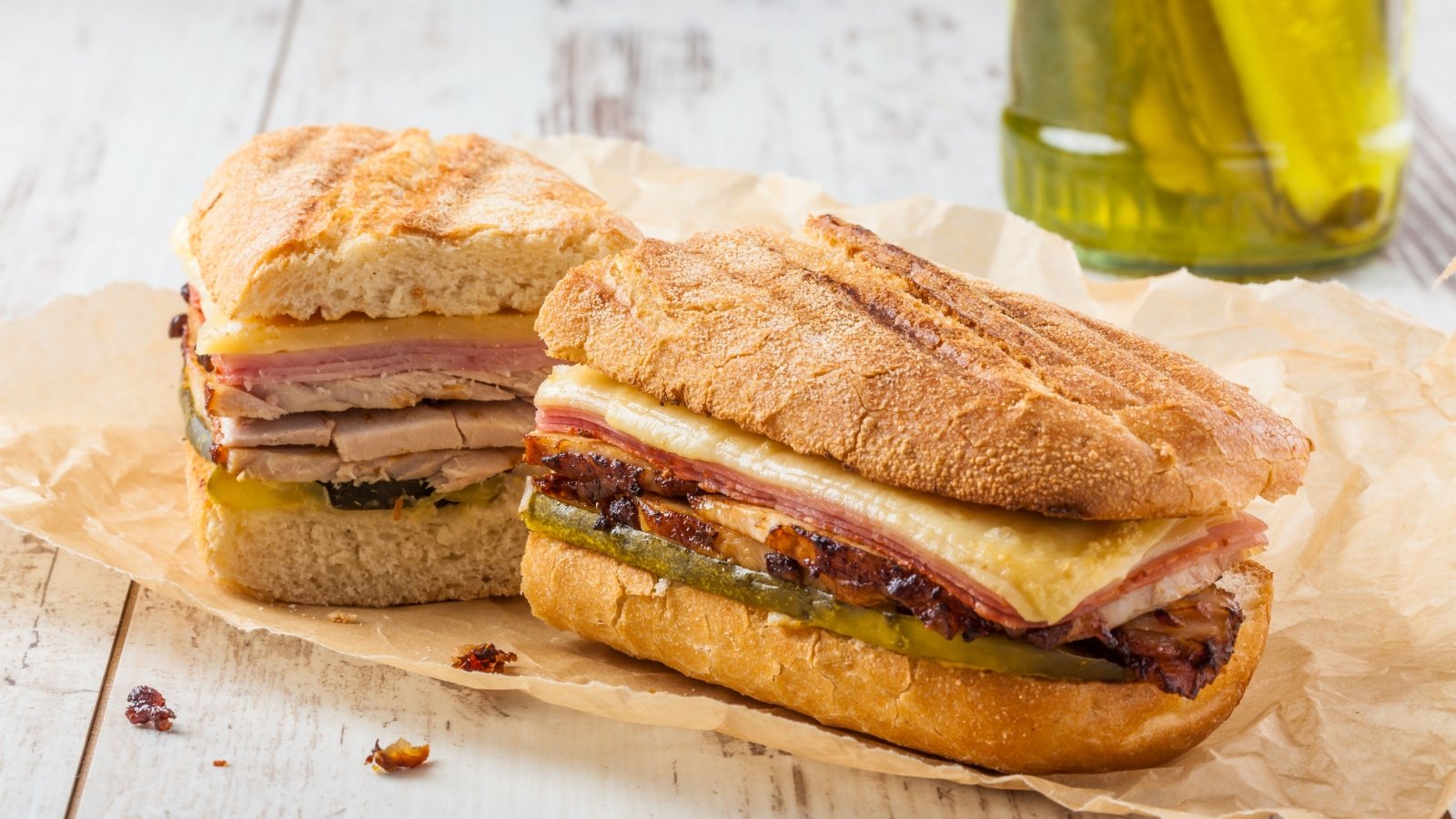
Chacon has also adapted by reducing staff during the less busy breakfast and dinner hours, focusing instead on more robust staffing for the lunchtime crowd at his sandwich shops. His part-time employees have been reduced overall from 165 to 145. For Chacon’s business model, 35 percent of his business costs are labor.



